7 Mistakes to Avoid When Installing DIY Solar Panels
Did you know that the global solar panel market is projected to reach $189.5 billion by 2027? That’s a significant growth, indicating the increasing popularity of solar energy. If you’re considering installing DIY solar panels, it’s important to be aware of the common mistakes to avoid.
By understanding these pitfalls, you can ensure a successful installation and maximize the benefits of solar power for your home. So, let’s dive into the seven mistakes that you should steer clear of when embarking on your solar panel journey.
Key Takeaways
- Conduct thorough research and understand local permits, regulations, and building codes before starting the installation process to ensure compliance and avoid potential setbacks.
- Pay attention to the electrical prep work, including addressing grounding and electrical bonding, turning off the service panel before working on connections, and following specific requirements and guidelines for DC wiring to ensure safe operation.
- Accurate roof measurement is crucial to determine the number of panels needed, ensure compatibility of equipment, save time and money on incompatible parts, and ensure hassle-free installation.
- Maintain accuracy in measurements and proper placement of panels to maximize energy production, assess structural integrity, and avoid inefficient installation and potential setbacks later on.
Forgetting Pre-Installation Process
Before installing DIY solar panels, it’s crucial not to overlook the importance of the pre-installation process. This step is often underestimated, but it’s vital for the success and efficiency of your solar panel system.
By taking the time to properly research and understand local permits, regulations, and building codes, you can avoid potential setbacks and ensure compliance with the law. Familiarizing yourself with the pre-installation process will also help you assess the condition of your roof and its suitability for solar panel installation. This includes evaluating factors such as roof orientation, shade, and structural integrity. By doing so, you can avoid investing in a system that may not generate optimal energy production.
Additionally, it’s important to have a clear understanding of the costs involved in the pre-installation process, so you can budget accordingly and avoid any surprises along the way.
Skipping Electrical Prep Work
Properly assessing the electrical prep work is essential to avoid wiring mistakes and ensure safety when installing DIY solar panels. Here are four key points to consider:
- Understand the complexity of DC wiring: Unlike AC wiring, DC wiring in a solar energy system requires careful attention. It’s important to familiarize yourself with the specific requirements and guidelines for DC wiring to ensure proper installation.
- Address grounding and electrical bonding: Adequate grounding and electrical bonding are crucial for the safe operation of your solar panels. Skipping these important steps can lead to potential safety risks, such as electric shocks or fire hazards. Make sure to follow the recommended procedures and consult local electrical codes.
- Turn off the service panel: Before working on any electrical connections, always turn off the service panel to prevent accidents. This step may seem obvious, but it’s easy to overlook in the excitement of installing solar panels. Prioritize safety and take the necessary precautions.
- Avoid common wiring mistakes: Neglecting electrical prep work can result in up to 50% of installations being wired incorrectly. Take the time to carefully plan and execute the wiring process, double-checking all connections and following the manufacturer’s instructions.
Neglecting Roof Measurement
When it comes to installing DIY solar panels, neglecting roof measurement can lead to a host of problems.
Roof size considerations are crucial in determining the number of panels needed and the overall system capacity. Accuracy in measurements ensures that the equipment purchased is compatible and that the permit process goes smoothly.
Additionally, neglecting to assess potential structural limitations can result in costly complications during installation.
Roof Size Considerations
Accurate roof measurements are essential for a successful DIY solar panel installation, ensuring compatibility with equipment and a smooth permit process. Neglecting to measure your roof properly can lead to costly mistakes and complications down the line.
To avoid these issues, consider the following roof size considerations when installing solar panel systems:
- Purchasing the right equipment: Accurate measurements help determine the number of panels needed and their placement on the roof. This ensures you purchase the correct equipment, avoiding unnecessary expenses or shortages.
- Smooth permit process: Properly measuring and marking rooflines allows for accurate permit applications. This reduces the risk of delays or rejections, ensuring a smooth process from start to finish.
- Time and money savings: Thorough measurement prevents wasted time and money on incompatible parts. By knowing the exact dimensions of your roof, you can plan and purchase materials accordingly, avoiding costly mistakes.
- Hassle-free installation: Accurate roof measurements reduce the risk of complications during installation. You can confidently position and secure the solar panels, ensuring they fit perfectly and function optimally.
Accuracy in Measurements
To ensure a successful DIY solar panel installation, it’s crucial not to overlook the importance of accurate roof measurements. Neglecting to measure your roof accurately can lead to inefficient installation and potential setbacks later on.
Accurate measurements are essential to ensure a design that fits your roof accurately and maximizes energy production. During the site survey, clear communication is necessary to accurately convey your intentions and preferences.
Thoroughly assessing the condition and structural integrity of your roof is also vital to ensure a successful installation. Additionally, it’s important to properly place the panels to maximize exposure to sunlight throughout the day and avoid shaded areas.
Potential Structural Limitations
Neglecting proper roof measurements can lead to potential structural limitations when installing DIY solar panels. It’s essential to measure your roof accurately to ensure the structural integrity of your solar panel system. Here are some potential issues that can arise if roof measurements are neglected:
- Incompatible parts: Without accurate measurements, you may purchase solar panels that don’t fit properly on your roof, resulting in wasted time and money.
- Complications during installation: Incorrect measurements can lead to difficulties during the installation process, such as misalignment and unstable mounting, compromising the structural integrity of your solar panel system.
- Suboptimal panel placement: Neglecting roof measurements can result in suboptimal panel placement, leading to inefficient energy production and reduced overall performance of your solar panel system.
- Impact on shading and roof plan: Thorough measurement of roof lines allows you to assess the potential impact of shading and roof plan placement on solar production, ensuring you choose the best fit for your specific circumstances.
Ignoring Safety Concerns

Ignoring safety concerns during the installation of DIY solar panels can have hazardous consequences. It’s important to prioritize safety throughout the entire process to prevent accidents and ensure a successful installation.
One of the main risks is the possibility of falling off the roof or ladder. Working at heights can be dangerous, especially without proper safety equipment such as harnesses and guardrails. Additionally, heavy and cumbersome equipment used during the installation can pose safety hazards if not handled properly. It’s crucial to follow proper lifting techniques and use equipment such as dollies or forklifts when necessary.
Another safety concern that’s often overlooked is the impact of shading and roof plan placement on solar production. Not considering these factors can compromise safety during installation and system performance. Shading can cause hotspots, which can lead to fires if not properly addressed. Therefore, it’s essential to assess the shading potential and design the system accordingly.
Furthermore, neglecting to take proper safety precautions when working on the electrical system can result in accidents and expensive repairs. It’s crucial to wear protective gear such as insulated gloves and goggles while working with electrical components. Moreover, leaving the junction box exposed can pose safety risks such as short circuits and damage to the system. It’s important to ensure that all electrical connections are properly enclosed and protected.
Exposing Junction Boxes
Ensure the proper protection of junction boxes to prevent damage and maximize the lifespan of your DIY solar panel system. Exposing junction boxes can lead to critical issues that can affect the performance of your solar panels. Here are some reasons why you should avoid exposing junction boxes:
- Prevent short circuits and burnt boxes: Junction boxes play a crucial role in safely connecting the wires and preventing short circuits. Exposing them increases the risk of electrical malfunctions and potential damage to the system.
- Longevity of the system: Properly installed and protected junction boxes ensure the longevity of your solar panel system. Exposing them to the elements, such as rain or extreme temperatures, can cause corrosion and reduce the overall lifespan of the system.
- Heat dissipation: Junction boxes help dissipate excessive heat generated by the solar panels. If they’re exposed or covered improperly, it can lead to overheating and decreased efficiency of the panels.
- System lifespan: Exposed junction boxes are more susceptible to physical damage and environmental factors. Protecting them with appropriate enclosures or covers can help extend the lifespan of your solar panel system.
Overtightening Nuts and Bolts
When installing your DIY solar panels, it’s important to be mindful of the torque applied to nuts and bolts. Overtightening can lead to damage to the solar panel frames and cause issues with junction boxes.
Finding the right balance between tightness and flexibility is crucial to ensure the longevity and stability of your installation.
Proper Torque for Fasteners
To maintain the longevity and integrity of your solar panel system, it’s crucial to properly torque fasteners, avoiding the common mistake of overtightening nuts and bolts. Here are some important points to consider:
- Avoid damaging the solar panel frames: Proper torque ensures that the fasteners are tightened enough to hold the panels securely without causing any damage to the frames.
- Prevent damage to junction boxes: Overly tight seals on junction boxes can lead to cracks or other forms of damage. Careful tightening of nuts and bolts helps prevent this issue.
- Choose nuts and bolts over plastic attachments: Plastic attachments and adhesives may wear down over time, compromising the long-term integrity of the system. Nuts and bolts provide a more durable solution.
- Follow manufacturer guidelines: Adhering to the recommended torque specifications provided by the manufacturer is essential to prevent damage to the frames and other components of the solar panel system.
Avoiding Stripped Threads
Avoiding stripped threads due to overtightening nuts and bolts is vital for the proper installation and longevity of your DIY solar panel system.
When installing DIY solar panels, it’s important to exercise caution when tightening the nuts and bolts. Overtightening can lead to stripped threads, which can cause damage to the frames and junction box seals of the solar panels.
Proper tightening ensures the integrity of the system and prevents any potential leaks or damage to the components. While it’s crucial to secure the components, it’s equally important not to overdo it. Plastic attachments and adhesives may wear down over time, making nuts and bolts a preferred method for securing the solar panels.
Balancing Tightness and Flexibility
To maintain the integrity of your DIY solar panel system, it’s crucial to strike a balance between tightness and flexibility when tightening nuts and bolts. Proper installation of these components ensures a successful DIY project.
Here are some important points to keep in mind:
- Avoid overtightening: While it’s important to secure the nuts and bolts, overtightening can damage the frames of your solar panels. Apply enough pressure to create a secure connection without going overboard.
- Longevity and integrity: Careful tightening ensures the longevity and integrity of your system. By finding the right balance, you can prevent potential issues down the line.
- Junction box seals: Be cautious when tightening the seals on the junction box. Overly tight seals can cause damage, so it’s important to strike the right balance between tightness and flexibility.
- Nuts and bolts preferred: Plastic attachments and adhesives may wear down over time. Using nuts and bolts provides a more secure and durable connection.
Not Seeking Professional Guidance
Not seeking professional guidance can lead to improper installation and potential regulatory violations when it comes to DIY solar panels. While the idea of installing your own solar panels may seem liberating, it’s important to recognize the complexity of the process and the potential risks involved.
Seeking advice and guidance from solar panel installation professionals is crucial for optimizing your system and avoiding costly mistakes. Consulting professionals helps to address technical challenges efficiently. They have the expertise to assess your specific needs, design an appropriate system, and ensure that it’s installed correctly. Additionally, professionals are well-versed in safety standards and building codes, ensuring compliance and minimizing any potential hazards.
By not seeking professional guidance, you risk installing your solar panels incorrectly, which can result in inefficient energy production and even damage to your property. Moreover, regulatory violations may occur if the installation doesn’t meet the required standards. This can lead to fines, legal issues, and the need to redo the installation, costing you time and money.
To maximize the efficiency and reliability of your solar energy system, it’s crucial to seek professional guidance. They can provide you with the necessary knowledge and expertise to navigate the complexities of solar panel installation, ensuring a successful and compliant project. Don’t underestimate the value of professional guidance when it comes to DIY solar panels.
Conclusion
When installing DIY solar panels, it’s crucial to avoid common mistakes to ensure a successful and efficient system. Remember the saying, ‘Measure twice, cut once,’ as careful planning and attention to detail will save time and money in the long run.
Seek professional guidance when needed and prioritize safety throughout the installation process. By avoiding these mistakes, you can enjoy the benefits of renewable energy while reducing your carbon footprint.
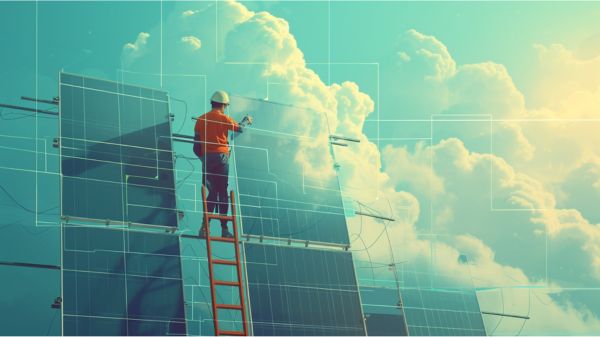
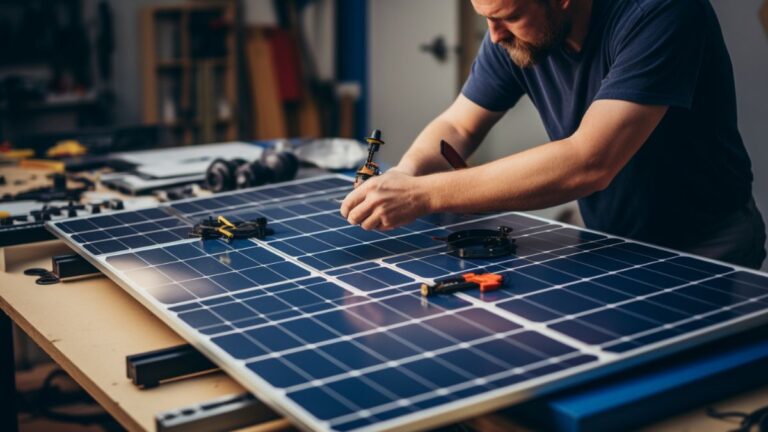
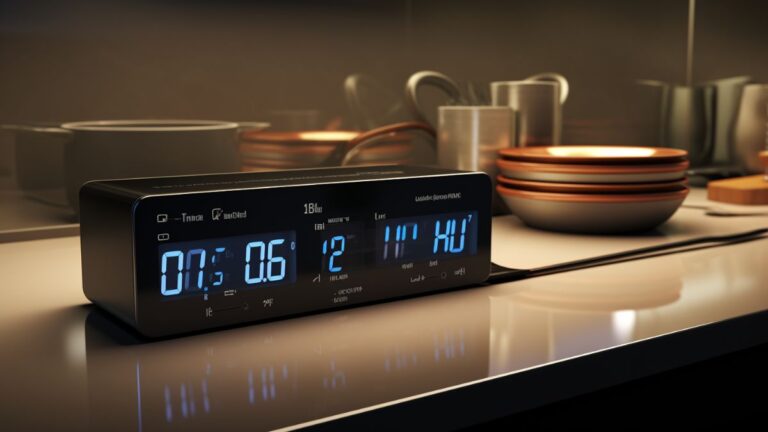
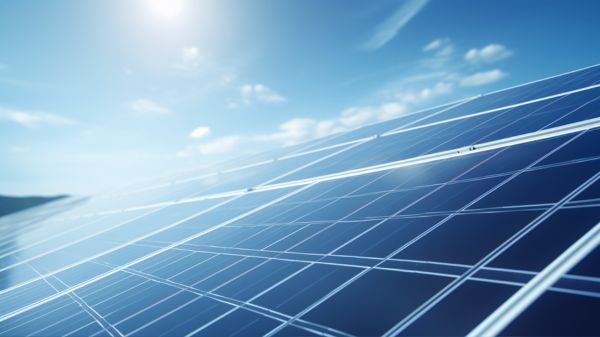
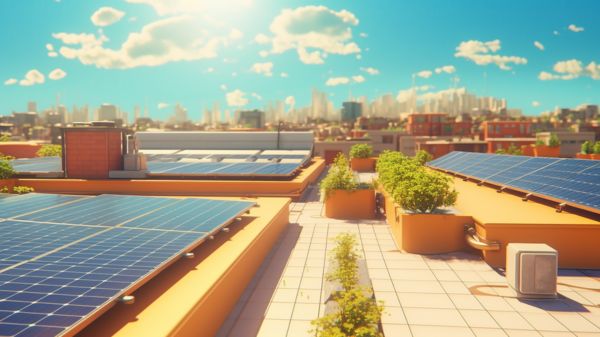
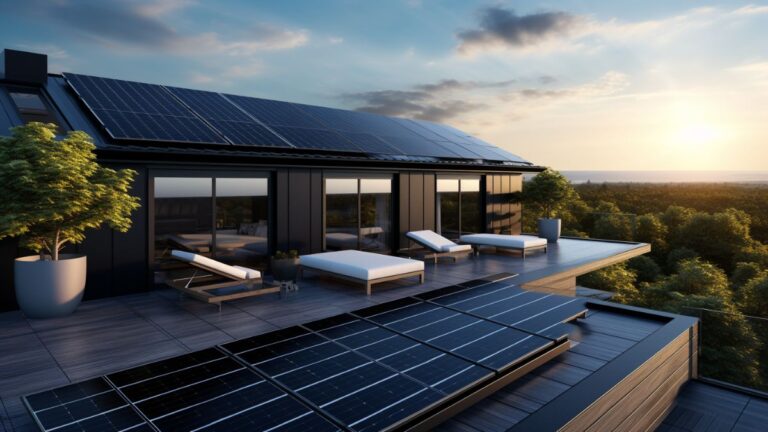
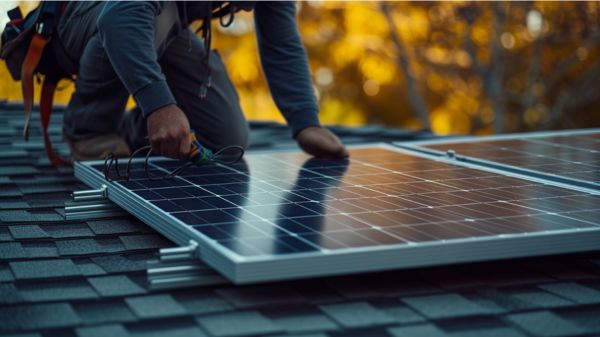
One Comment
Comments are closed.